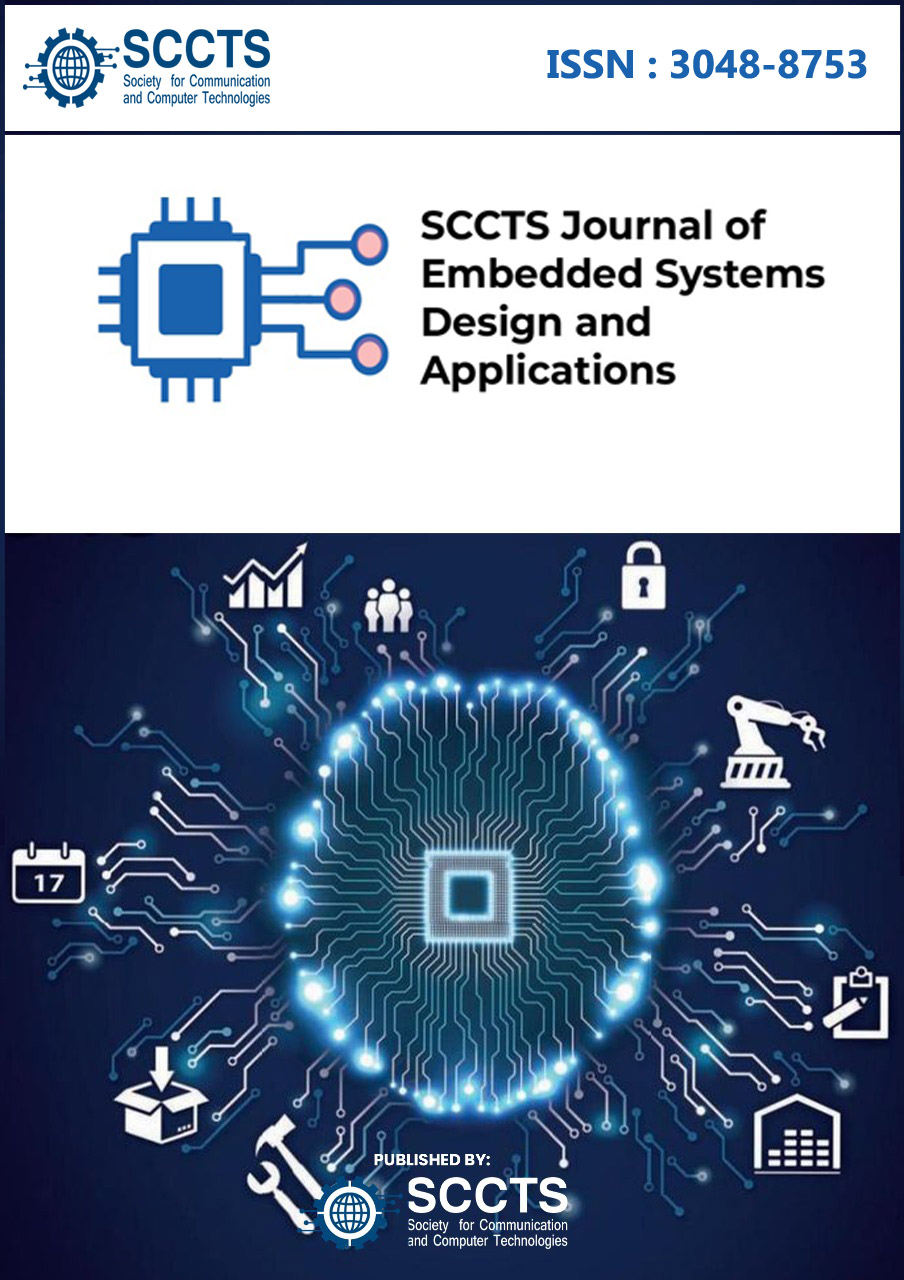Recent Advances in Low-Power Embedded System Design for Smart Healthcare Applications
DOI:
https://doi.org/10.31838/ESA/03.01.01Keywords:
Low-power design, embedded healthcare, TinyML, wearable medical devices, energy-efficient systems, edge AI, smart health monitoring.Abstract
The fast pace of evolution of the embedded systems along with the enhancement in the technologies of digital health have brought up the improvement of smart healthcare applications that are small, energy-efficient, and can constantly track and monitor in real-time. With the trend towards patient centric, wearable, and at-a-distance health diagnostic solutions, the need to provide systems with ultra-low power embedded platforms becomes paramount specifically where battery capacity is limited or cultures of energy independency exist. This paper provides a general overview of the latest development in the designing of low-power embedded systems that apply in smart healthcare systems where there is a pressing need to balance between the efficiency of power consumption and real-time performance and data fidelity. The dynamic voltage frequency scaling (DVFS), near-threshold computing (NTC), event-driven processing, and integration into energy harvesting are crucial methods that are highly examined relative to wearable and implantable medical gadgets. Simultaneously, the introduction of edge artificial intelligence, notably by TinyML frameworks, has provided the possibility of on-device (CPU) biosignal processing, creating the possibility of overcoming transmission overheads, providing greater privacy, and lower latency. This document will examine the hardware-software co-optimization techniques which enable effective adoption of AI models on resource-limited micro-controllers. Some practical applications of them have been discussed based on several real-life case studies: ECG monitoring with low-power MSP430, glucose sensing with BLE enabled SoCs, and fall detection based on self-powered Cortex-M platforms. Measurements of power use, inference speed, memory overhead and battery life are cross-platform compared and bench-marked. The paper also mentions important trade-offs of the design, including accuracy and energy, as well as security of data transmission, interoperability, and form factor limitations to users. Having carried this out, the paper is not only able to point out state-of-the-art solutions, also pinpoints important limitations and areas that can be researched in the future, such as designing bio-inspired neuromorphic processors, battery-less energy harvesting architectures, privacy preserving embedded AI models. The proposed work will be a useful reference guide to researchers, developers and practitioners in terms of smart healthcare design and embedded systems.





